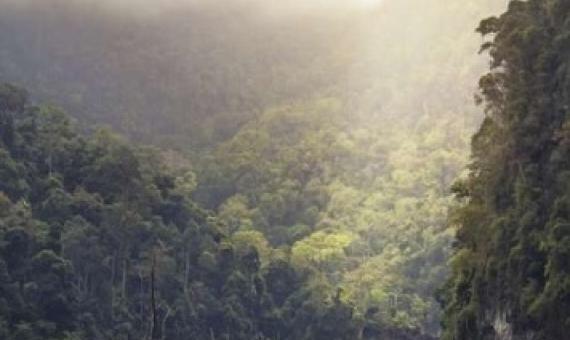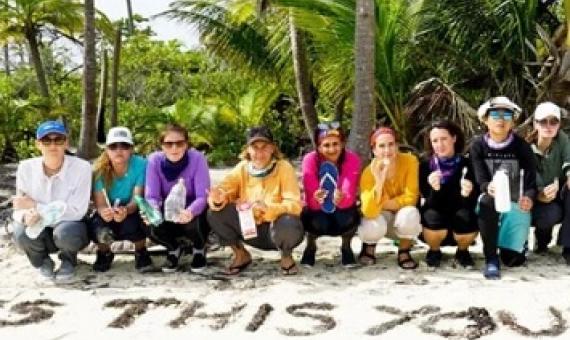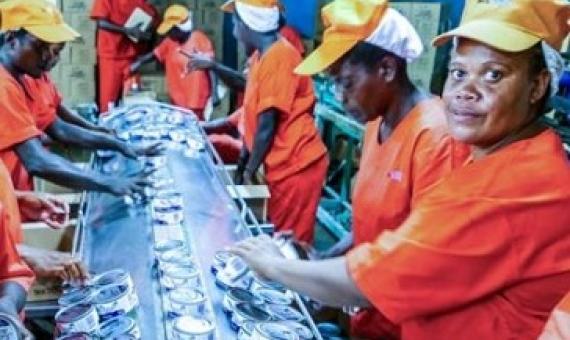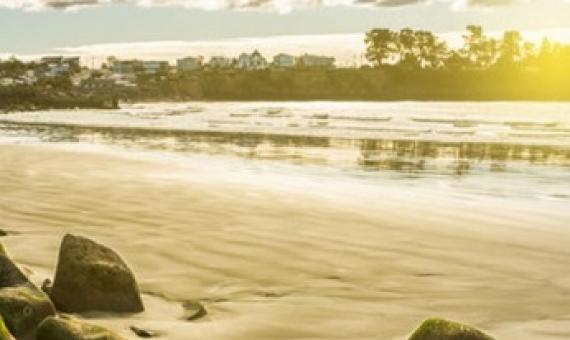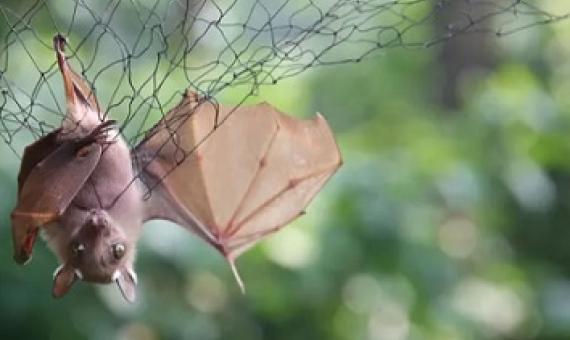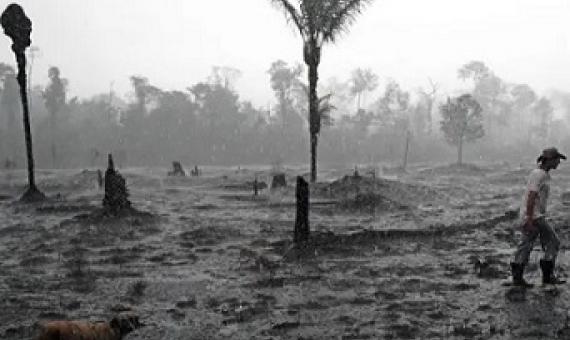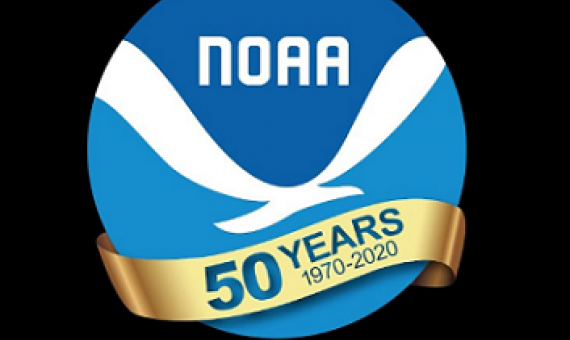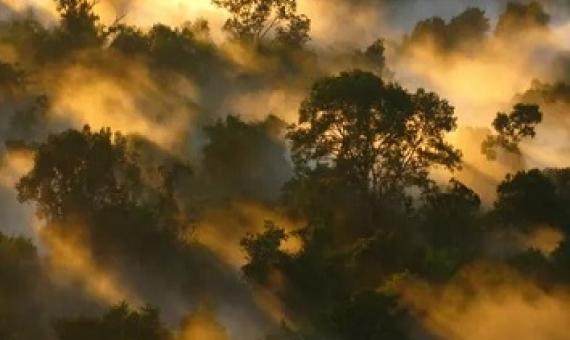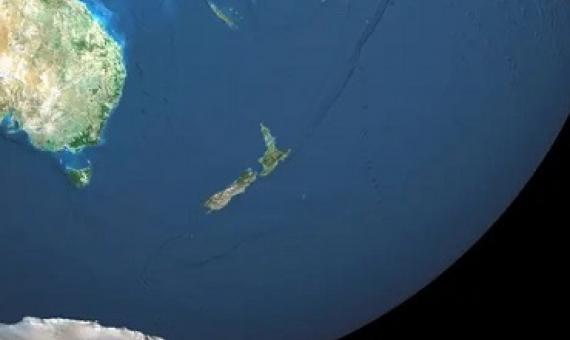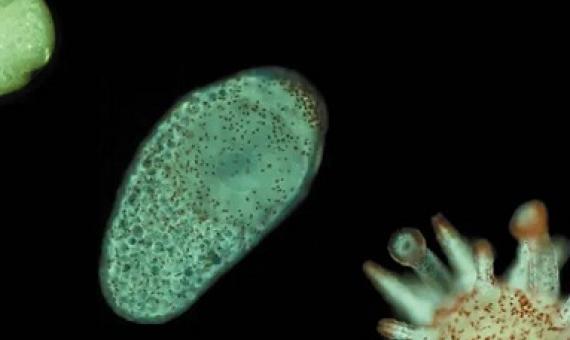Tropical forest ecosystems are an important part of the global carbon cycle as they take up and store large amounts of CO2. It is, however, uncertain how much this ability differs between forests with high versus low species richness.
The "eXXpedition" ocean plastic research mission has set sail March 9th in the remote South Pacific Ocean from Easter Island towards Tahiti, on the eighth leg of a pioneering all-female sailing voyage around the world for scientific research into ocean plastic. The aim of eXXpedition Ro
Small changes are slowly resulting in opportunities for women to take up a wider range of jobs in the tuna fisheries. However, researchers have found that most of the options for women remain limited along traditional gender lines.
A newly discovered large freshwater aquifer beneath the Canterbury coast seafloor could improve understanding of the relationship between groundwater and offshore freshwater. The aquifer, 20 metres below the seafloor between Timaru and Ashburton, is one of the shallowest in the wor
As habitat and biodiversity loss increase globally, the coronavirus outbreak may be just the beginning of mass pandemics. Research suggests that outbreaks of animal-borne and other infectious diseases such as Ebola, Sars, bird flu and now Covid-19, caused by a novel coronavirus, ar
Even large ecosystems the size of the Amazon rainforest can collapse in a few decades, according to a study that shows bigger biomes break up relatively faster than small ones.
The roots of NOAA and the formal observation and study of the weather, climate, and oceans in the United States goes back to the early 1800's. However it wasn't until 1970 that NOAA was formally developed and recognized.
Tropical forests are taking up less carbon dioxide from the air, reducing their ability to act as “carbon sinks” and bringing closer the prospect of accelerating climate breakdown.
Scientists have found evidence that Earth was covered by a global ocean that turned the planet into a “water world” more than 3bn years ago.
Apart from mammals and birds, most animals develop as eggs exposed to the vagaries of the outside world. This development is energetically “costly”. Going from a tiny egg to a fully functioning organism can deplete up to 60% of the energy reserves provided by a parent.

